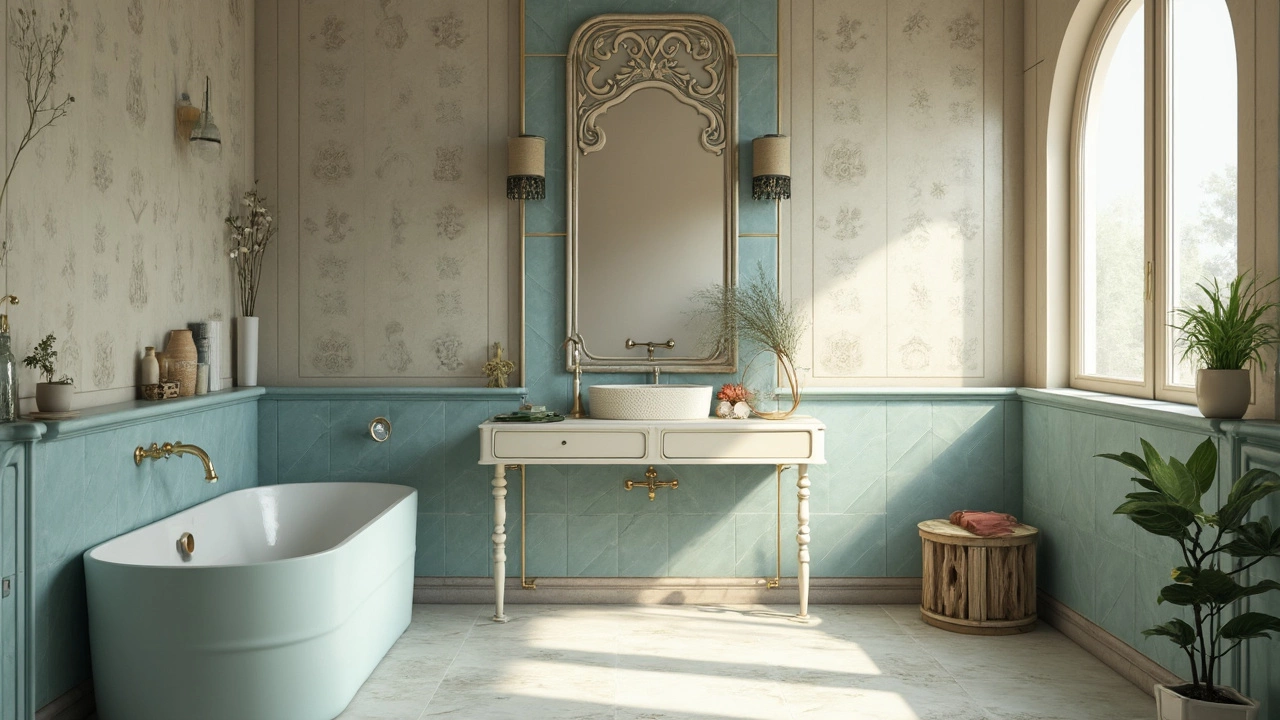
What Color Do You Not Want to See in a Bathroom?
Choosing the right colors for your bathroom can make all the difference in creating a space that's both relaxing and stylish. While some colors can work wonders, others might just ruin the vibe. Let's explore which colors to avoid in the bathroom to keep things looking fresh and inviting. From dark and gloomy shades to overly bright hues, understanding color psychology and its impact on space can help you make the best choice.
View More